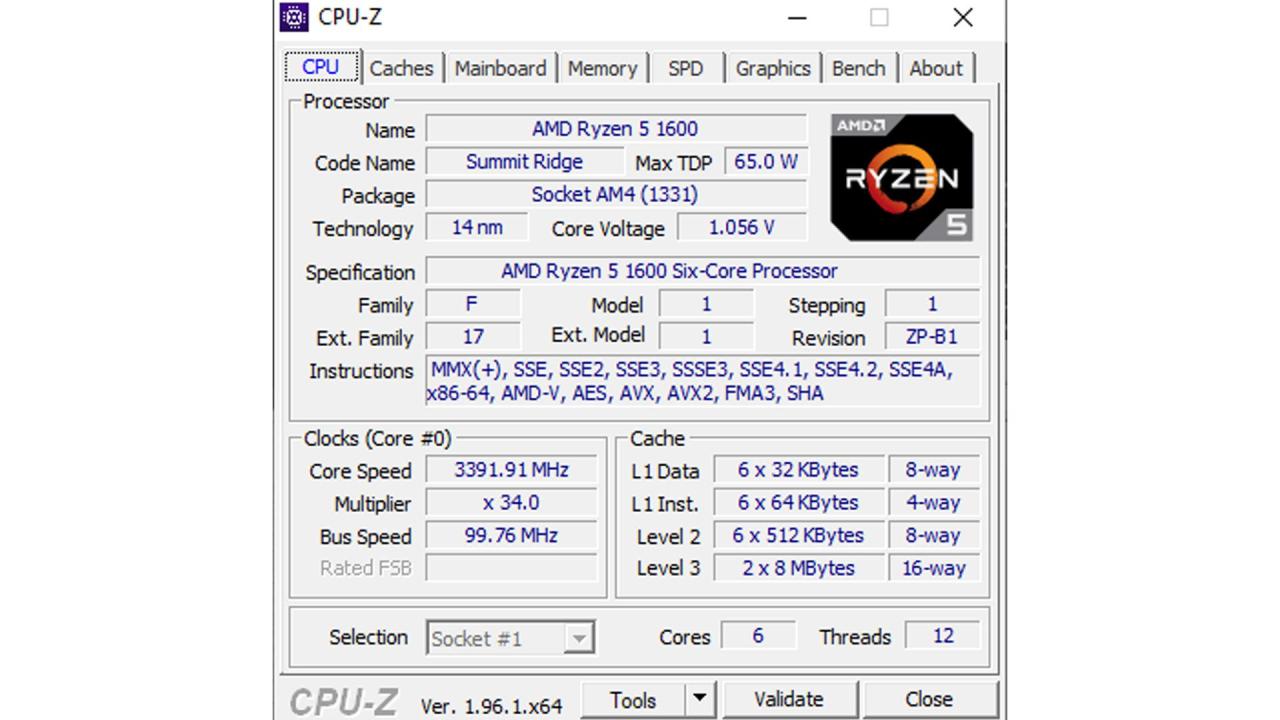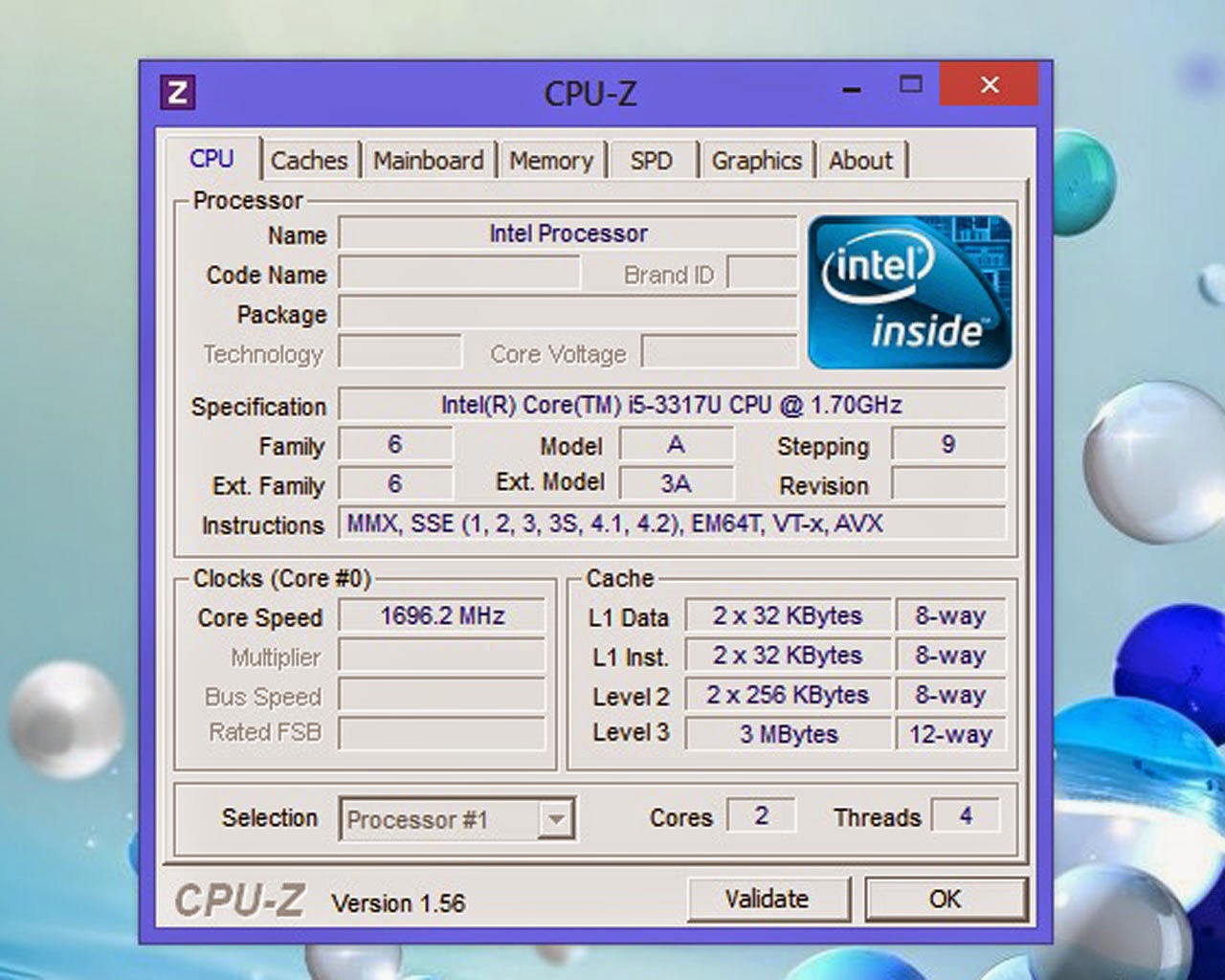Cpu z – CPU-Z: Dive into the heart of your computer! This powerful, free utility unlocks the mysteries of your PC’s hardware, revealing detailed specs and performance data. Whether you’re a seasoned techie or a curious beginner, CPU-Z offers a clear, accessible way to understand your system’s inner workings. It’s like having a digital x-ray for your computer, showing everything from your processor’s clock speed to the intricacies of your RAM.
Let’s explore how this invaluable tool can help you troubleshoot, optimize, and truly understand your PC.
CPU-Z is a great tool for checking your system specs, especially if you’re troubleshooting performance issues. Sometimes, though, the problem isn’t your hardware; you might find that the issue stems from something like ChatGPT being unavailable – check if it’s down by visiting is chatgpt down. If ChatGPT is working fine, then you can confidently focus back on analyzing your CPU stats with CPU-Z to pinpoint any hardware-related bottlenecks.
CPU-Z provides comprehensive information about your computer’s components, including the CPU, GPU, RAM, and motherboard. It displays this information in an easy-to-understand format, making it a valuable resource for both casual users and experienced technicians. Understanding this information allows for better troubleshooting, performance monitoring, and informed hardware upgrades. We’ll cover everything from basic usage to more advanced applications.
Introduction to CPU-Z
CPU-Z is a freeware utility for obtaining detailed information on a computer’s hardware components. It’s a lightweight yet powerful tool providing a comprehensive overview of your system’s CPU, RAM, motherboard, and graphics card. This makes it invaluable for users ranging from casual computer owners to seasoned system builders and overclockers.
Primary Function of CPU-Z
CPU-Z’s primary function is to identify and display detailed specifications of a computer’s key hardware components. This includes information about the CPU, RAM, motherboard, and graphics card. It presents this data in a clear, user-friendly format, making it easily understandable for users of all technical skill levels.
Target Audience for CPU-Z

CPU-Z caters to a broad audience. Home users can use it to verify their system specifications, while tech enthusiasts can leverage it for overclocking, troubleshooting, and benchmarking. System builders rely on it for component compatibility checks, and professionals might use it for hardware diagnostics and performance analysis.
History and Evolution of CPU-Z
CPU-Z has been a staple in the system information utility space for many years. Initially focused on CPU identification, it has steadily evolved to include comprehensive details on other key hardware components. Its consistent updates ensure compatibility with the latest hardware releases and often include new features based on user feedback and technological advancements. The software’s longevity speaks to its reliable and consistently updated nature.
Comparison of CPU-Z with Similar Utilities
While several system information utilities exist, CPU-Z distinguishes itself through its simplicity, accuracy, and extensive support for a wide range of hardware. Compared to alternatives, it often provides a more concise and user-friendly presentation of complex hardware data. Some competitors might offer more advanced features or broader system analysis capabilities, but CPU-Z remains a preferred choice for its core strength in providing precise and easily digestible hardware information.
Key Features and Functionality

CPU-Z organizes its information into several key tabs, each dedicated to a specific hardware component. Navigating these tabs provides a complete picture of your system’s hardware configuration.
Major Sections of Information Displayed by CPU-Z
- CPU: Detailed information about the central processing unit.
- Graphics: Specifications of the integrated or dedicated graphics card.
- SPD: Serial Presence Detect information about the RAM modules.
- Mainboard: Details about the motherboard.
Data Presented in the “CPU” Tab
The CPU tab provides extensive information about your processor, including its name, specifications, and performance characteristics. This is crucial for understanding your CPU’s capabilities and limitations.
| Name | Clock Speed | Cores | Threads |
|---|---|---|---|
| Intel Core i7-12700K | 5.0 GHz | 12 | 20 |
| AMD Ryzen 7 5800X | 4.7 GHz | 8 | 16 |
| Intel Core i5-11400 | 4.4 GHz | 6 | 12 |
| AMD Ryzen 5 5600X | 4.6 GHz | 6 | 12 |
Information Provided in the “Graphics” Tab

This section details your graphics card, essential for understanding gaming performance and graphics capabilities.
| Name | Vendor | Memory Size | Clock Speed |
|---|---|---|---|
| NVIDIA GeForce RTX 3070 | NVIDIA | 8 GB | 1725 MHz |
| AMD Radeon RX 6700 XT | AMD | 12 GB | 2424 MHz |
| Intel UHD Graphics 630 | Intel | Shared | 350 MHz |
Significance of the “SPD” Tab’s Information for RAM Diagnostics
The SPD tab is vital for verifying RAM specifications and detecting potential issues.
- Confirms RAM type (DDR4, DDR5, etc.).
- Verifies RAM speed and timings.
- Identifies individual RAM module details.
- Helps in troubleshooting memory-related errors.
Utility of the “Mainboard” Tab’s Data
This tab provides crucial information about the motherboard, including the chipset, manufacturer, and BIOS version. This data is important for system compatibility checks, troubleshooting, and BIOS updates.
Using CPU-Z for System Troubleshooting
CPU-Z is a valuable tool for identifying and resolving various system problems. Its ability to accurately report hardware specifications makes it a first line of defense in troubleshooting.
Identifying Hardware Compatibility Issues
By comparing the reported specifications with the system requirements of software or other components, CPU-Z helps ensure compatibility. Discrepancies can indicate potential conflicts that could lead to system instability or malfunctions.
Detecting Potential Hardware Overheating Problems
While CPU-Z doesn’t directly measure temperature, the information it provides about the CPU’s clock speed and load can be used in conjunction with other monitoring tools to infer potential overheating. Unexpectedly low clock speeds under light load might indicate a thermal throttling issue.
Monitoring CPU Performance
CPU-Z’s real-time monitoring capabilities allow users to observe CPU usage, clock speed fluctuations, and core performance. This data can be used to identify performance bottlenecks or unexpected performance drops.
Identifying Overclocking Stability
Overclocking enthusiasts use CPU-Z to monitor the stability of their overclocked systems. Consistent performance and the absence of errors under stress tests, combined with CPU-Z’s data, indicate a stable overclock.
Interpreting CPU-Z Data: Cpu Z
Understanding CPU-Z’s terminology and data presentation is crucial for accurate interpretation and effective problem-solving. The software uses standard industry terminology, but a basic understanding is beneficial.
Detailed Explanation of Common CPU-Z Terminology
CPU-Z employs standard industry terms like “Clock Speed” (frequency of CPU operation), “Cores” (independent processing units), “Threads” (concurrent execution paths), “Cache” (high-speed memory), and “Stepping” (revision of CPU design). Understanding these terms is key to interpreting the data.
Comparison and Contrast of Different CPU Architectures
CPU-Z clearly displays differences in CPU architectures, such as Intel’s x86-64 and AMD’s Zen architecture. This visual comparison helps users understand the underlying design differences and potential performance implications.
Key Performance Indicators (KPIs) Extracted from CPU-Z, Cpu z
Key performance indicators readily available include clock speed, core count, cache size, and supported instruction sets. These KPIs offer a basic performance profile of the CPU.
Interpreting Different Benchmark Scores
While CPU-Z doesn’t directly provide benchmark scores, its data can be used to compare CPU specifications with published benchmark results from other sources, allowing for relative performance comparisons.
Advanced Applications of CPU-Z
Beyond basic system information, CPU-Z finds advanced applications in various scenarios. Its detailed hardware information is invaluable in several specialized contexts.
Use of CPU-Z in Benchmarking and Performance Analysis
CPU-Z’s data can be used in conjunction with other benchmarking tools to provide a comprehensive picture of system performance. It helps in isolating performance bottlenecks and evaluating the impact of hardware upgrades.
CPU-Z is a great tool for checking your computer’s specs, right? It’s handy to know what’s under the hood. Thinking about processing power makes me wonder about the tech behind things like the sophisticated surveillance systems used to track US drone sightings , which probably require some seriously powerful CPUs themselves. Back to CPU-Z though – it’s a free and easy way to keep tabs on your own system’s performance.
Hypothetical Scenario: Resolving a System Problem with CPU-Z
Imagine a system experiencing random crashes. Using CPU-Z, a user identifies an incompatible RAM module with incorrect timings. Replacing the faulty RAM module, guided by the data from CPU-Z, resolves the crashing issue.
Use of CPU-Z in System Building and Component Selection
CPU-Z helps in verifying compatibility between components before assembly. Checking CPU socket type, RAM compatibility, and motherboard chipset ensures a smooth system build.
Advanced Techniques for Utilizing CPU-Z Data
Advanced users can utilize CPU-Z data to fine-tune overclocking parameters, monitor system stability under stress, and analyze the impact of specific hardware changes on overall system performance.
Limitations of CPU-Z
While a powerful tool, CPU-Z has certain limitations. Understanding these limitations helps users interpret its data accurately and use it effectively within its intended scope.
Limitations in Providing Comprehensive System Information
CPU-Z primarily focuses on hardware identification. It doesn’t provide comprehensive system diagnostics or detailed performance metrics like some more advanced utilities.
Potential Inaccuracies or Misinterpretations of Data
While generally accurate, rare instances of incorrect data reporting might occur due to driver issues or hardware anomalies. Always cross-reference with other sources if critical decisions depend on the data.
Comparison of CPU-Z’s Data Accuracy with Other System Information Tools
Compared to other system information tools, CPU-Z generally maintains high accuracy for the core hardware information it provides. However, tools with broader diagnostic capabilities might offer more comprehensive information.
Situations Where CPU-Z Might Not Be the Most Suitable Tool
CPU-Z is not ideal for complex system diagnostics, in-depth performance analysis requiring advanced metrics, or troubleshooting software-related issues. Specialized tools are better suited for these tasks.
Final Wrap-Up
From identifying compatibility issues to monitoring performance and even assisting in overclocking, CPU-Z is a versatile tool for any PC user. Its intuitive interface and comprehensive data make it a must-have for anyone who wants a deeper understanding of their computer’s capabilities. So, download CPU-Z, explore its features, and unlock the full potential of your PC! Remember, knowing your system is the first step to mastering it.
FAQ Resource
Is CPU-Z safe to use?
Yes, CPU-Z is a safe and reputable utility. It’s a read-only tool; it doesn’t modify any system settings.
How often should I use CPU-Z?
Whenever you need detailed hardware information. This could be during troubleshooting, before upgrading components, or simply to satisfy your curiosity!
So you’re checking your CPU’s specs with CPU-Z, right? It’s a handy tool, especially if you’re troubleshooting performance issues. But what if you need to check your internet speed while you’re on a BC Ferries sailing? You can check your connection speed using a speed test once you connect to the bc ferries wifi. Then you can hop back to CPU-Z and see if your processor is handling the data load smoothly.
Can CPU-Z help with overheating?
While it doesn’t directly measure temperature, CPU-Z shows your CPU’s load. High load combined with high temperatures (measured by other software) indicates a potential overheating issue.
Is CPU-Z only for Windows?
No, CPU-Z is available for Windows, macOS, and Linux.
